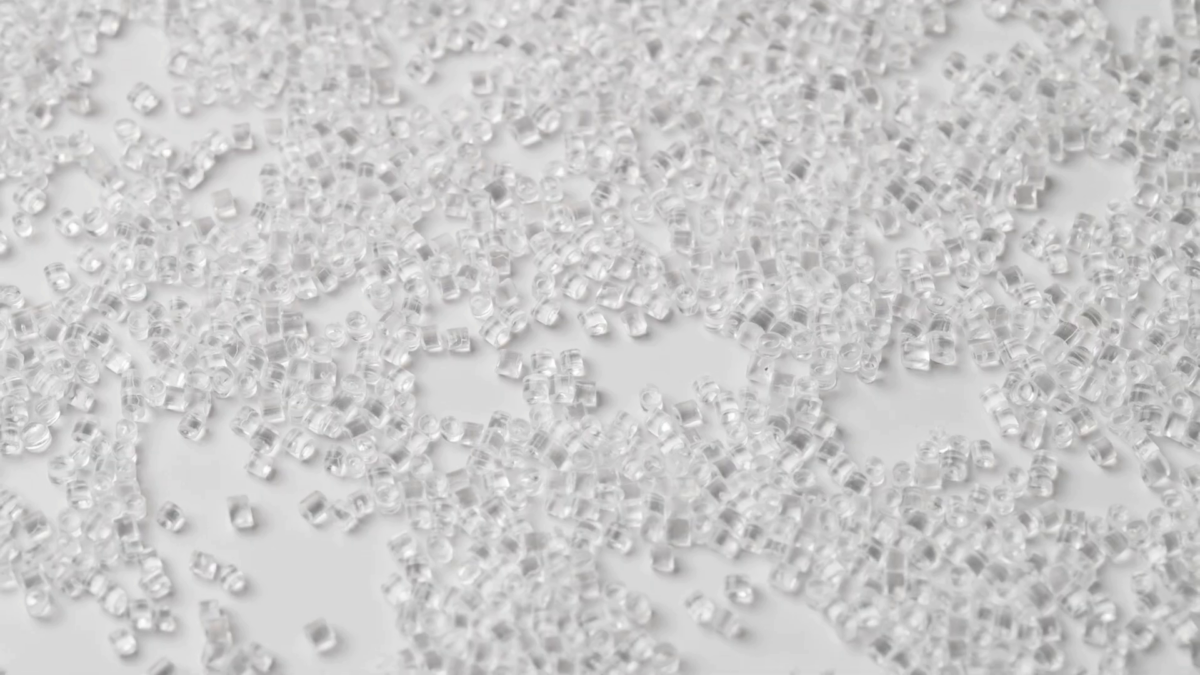Nanopurification Recycling Technology Boosts Polymer Yield

Pyrowave process uses microwave energy to precisely break down and purify waste plastics

Pyrowave Logo (CNW Group/Pyrowave)
Nanopurification recycling technology, a process developed by Pyrowave Inc. (www.pyrowave.com), of Montreal, was officially rolled out on Sept. 21, at the two-day Chemical Recycling Europe Forum 2023, in Brussels. The technology operates at the molecular level to remove contaminants from polymers with the goal of creating purified resins from waste for recycling in products, either by themselves—i.e., 100 percent recycled content—or in blends with virgin resins.
Key to operation of the short-loop recycling process, Pyrowave reports, is that it uses microwave energy to break down waste polymers into constituent monomers. Microwave energy is central to the accuracy of the process and its yield, which is said to be higher than with current chemical recycling technologies.
Microwave Energy Is a ‘Greener’ Process Option
Microwave energy is also a low-carbon power source that reduces greenhouse gas emissions (GHG) by about 95 percent compared with the polymerization of virgin resins. The process is said to allow 100 percent traceability of recycled resins, a growing need to support sustainable product development claims by OEMs and brand owners (see also Sept. 20 report, “SABIC Uses Blockchain Software to Trace Greenhouse Gas Emissions of Products”).
The process additionally leaves fewer harmful substances in the environment. Pyrowave says the technology “holds the promise of reshaping the plastics recycling landscape by addressing head-on the pressing environmental issue of toxic contaminants in plastics,” specifically, those created by labels and additives such as heavy metals, inorganic pigments, halogens and flame retardants. In fact, co-founder and CEO Jocelyn Doucet notes many of the polymers that remain attached to contaminants after the recycling process can be separated from them with Nanopurification, purified and added to the reclaimed stream. This has the potential to expand the range of recyclable plastics.
Process Produces Fewer Contaminants, Boosts Yield
Pyrowave says the technology separates additives from polymers using advanced nanofiltration membranes. “The patent-pending technology enables simultaneous removal of contaminants, while maintaining control over the endpoint,” the company states. “It results in a process that is simpler, tailored to clients’ specifications, more energy efficient and economical” than other chemical recycling techniques.
To debottleneck access to waste plastics feedstock, Pyrowave standardizes upstream material to be compliant with its recycling technology. The company has successfully demonstrated the process by decontaminating polymers and supplying high-quality recycled plastics to industries requiring strict compliance to product specifications in materials, including food-contact applications. Nanopurification can be used by itself to purify plastics waste feedstocks or as a pre-treatment upstream of its microwave depolymerization process.
Pyrowave’s initial recycling technology involved a similar process for reclaiming polystyrene (PS) waste by separating and processing the styrene monomers and other components for new grades. Michelin signed a partnership agreement with the company in 2020 to apply its PS recycling technology to its own products. PS producer Ineos has confirmed that it used Pyrowave’s polystyrene technology in its recycling efforts.
